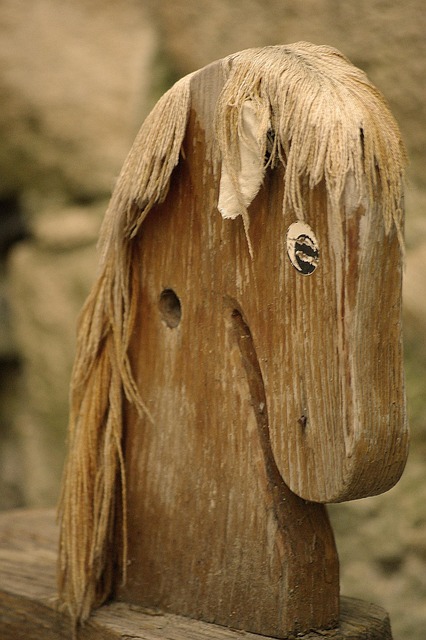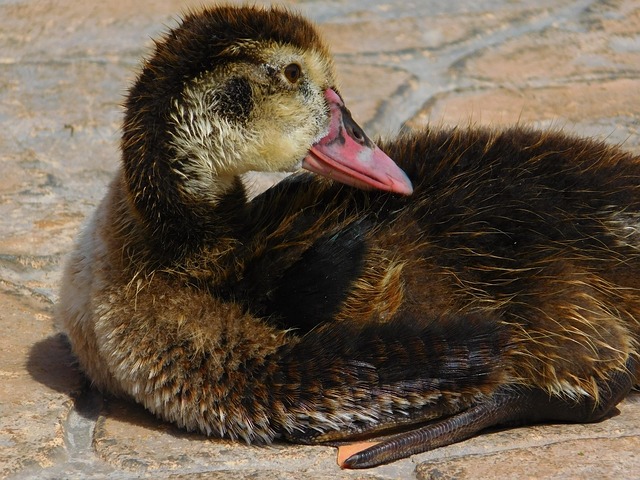Comprehensive Guide: Affordably Exterminating Fleas Indoors & Out

Flea infestations require swift action due to their rapid spread indoors and outdoors. Early detecti…….
Understanding Flea Infestation Inspection and Control
Fleas are small, wingless parasitic insects that live by feeding on the blood of host animals or humans. A flea infestation occurs when fleas become a problem in homes, yards, or any environment where pets or people might be present. Controlling such an infestation requires a comprehensive approach that includes inspection, identification, and treatment strategies to manage the population effectively and prevent re-infestation.
Introduction
Flea infestations can pose significant health risks to both humans and animals, causing skin irritations, allergies, and even transmitting diseases. Effective inspection and control are critical to maintaining a healthy living environment. This article delves into the intricacies of flea infestation inspection and control, exploring its significance, global impact, economic considerations, technological advancements, policy and regulation, challenges, case studies, and future prospects. Readers will gain a comprehensive understanding of how to identify, manage, and prevent flea infestations, as well as the broader implications of these efforts.
Global Impact and Trends
The impact of flea infestations is felt globally, with varying degrees of severity depending on climate, geography, and the presence of domesticated animals. Urban areas, particularly in developing countries, often experience higher rates of infestation due to crowded living conditions and limited access to pest control resources. In contrast, rural communities may face challenges due to a different set of environmental factors. Global trends indicate an increasing need for sustainable and effective flea control methods as the pet population grows and international travel becomes more common.
Economic Considerations
The economic implications of flea infestation inspection and control are substantial. The pet care industry, agriculture sector, and pest control services all contribute to the market dynamics surrounding flea management. Investment in research and development for new control methods drives growth within these industries, while also influencing economic systems by creating jobs and fostering innovation. The role of “Flea Infestation Inspection and Control” within these sectors is a testament to its importance in maintaining public health and safety.
Technological Advancements
Technological advancements have significantly improved the methods available for flea infestation inspection and control. Innovations such as advanced detection devices, targeted chemical treatments, integrated pest management systems, and biological control agents have enhanced the effectiveness of control efforts. The future potential of these technologies includes the development of more environmentally friendly solutions and the integration of smart technology for real-time monitoring and response.
Policy and Regulation
Policies and regulations governing flea infestation inspection and control are critical to ensure public health and environmental protection. These include guidelines on pesticide use, animal welfare standards, and housing regulations that address sanitation and pest management. Compliance with these frameworks is essential for the successful development and implementation of flea control strategies.
Challenges and Criticisms
The challenges in managing flea infestations include resistance to chemical treatments, environmental concerns associated with pesticides, and the need for continuous monitoring and intervention. Criticisms often revolve around the efficacy and safety of certain treatments, particularly in sensitive environments like homes with young children or pets. Strategies to overcome these issues involve integrating multiple control methods, promoting responsible pest management practices, and investing in research to develop more effective and safer solutions.
Case Studies
Several case studies illustrate successful flea infestation inspection and control efforts. For instance, a community-wide campaign in a suburban neighborhood effectively managed an outbreak by combining educational outreach, pet treatments, and environmental controls. Another case study highlights the use of biotechnological solutions to manage fleas in livestock, leading to improved health outcomes and economic benefits for farmers.
Future Prospects
The future of flea infestation inspection and control is promising, with potential growth areas focusing on sustainable and integrated pest management practices. Emerging trends include the use of data analytics for predictive modeling, the development of novel biological control agents, and the advancement of non-chemical treatment methods. Strategic considerations for the future involve addressing global challenges such as climate change, rising resistance rates, and the need for collaborative efforts across disciplines and international borders.
Conclusion
Flea infestation inspection and control are integral to maintaining a healthy environment for both humans and animals. The insights provided in this article underscore the importance of a multifaceted approach to managing these pests, one that is informed by economic considerations, guided by policy and regulation, and driven by technological advancements. Through continued research, strategic planning, and collaborative efforts, we can ensure effective flea management for years to come.
FAQ Section
What are the signs of a flea infestation?
How can I prevent a flea infestation?
What are effective treatments for flea infestations?
Are there any natural ways to get rid of fleas?
How do I choose the right flea treatment for my pet?
By addressing these frequently asked questions, individuals can be better prepared to manage flea infestations effectively and responsibly.

Flea infestations require swift action due to their rapid spread indoors and outdoors. Early detecti…….

To achieve effective residential flea control, homeowners should remove attractants like dander and…….

Flea infestations can rapidly spread indoors and outdoors, affecting carpeted floors, pet bedding, f…….

Commercial flea treatment requires a multi-faceted approach combining short-term solutions with long…….

Flea infestations require swift action. Signs include pet itching, red skin irritations, inactive/de…….

Flea outbreaks are caused by environmental factors and host animals, with fleas preferring warm, hum…….

Flea infestations are complex cycles requiring understanding for effective elimination. Traditional…….

Understanding flea behavior is crucial for effective detection and control in commercial settings. A…….

Flea infestations rapidly escalate; understanding causes and entry points is key to prevention. Regu…….